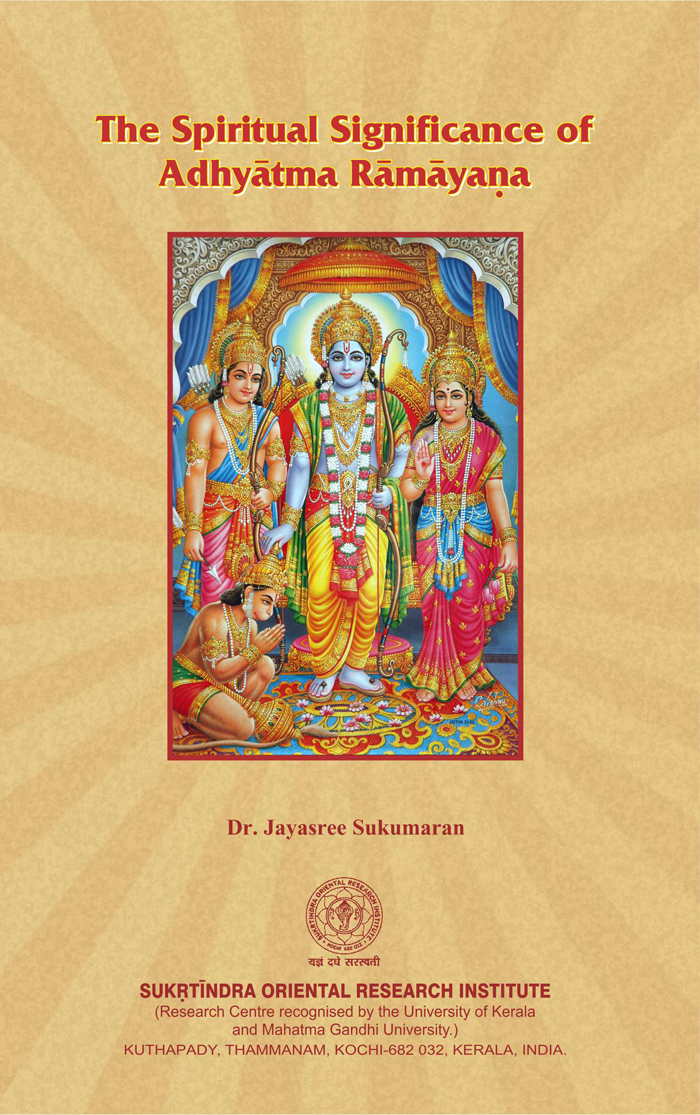

After pleasure pain, after pain pleasure: creatures cannot escape these two, as they cannot the succession of day and night….It is, therefore, that the Sages knowing that all is but illusion, remain steadfast and neither are aggrieved nor joyous for events unhappy or happy. Man can never escape pleasure or pain, because his body, which is a product of his good or bad actions, is by nature transient. It is anger that keeps people bound to a worldly life. The Rāmakrishna Mission’s Swami Tapasyananda published Adhyātma Rāmāyaṇa, the Spiritual Version of the Rāma Saga (1985,) an acclaimed Sanskrit original with an English translation of Adhyātma Rāmāyaṇa.Īnger is the root of anxiety and mental distress. It was one of the sources for Tulsīdās’s Rāmcaritmānas (c.1574–77, ‘The Holy Lake of Rāma’s Deeds.’) Besides, it is the sacred text of the Rāmānandī Vaiṣṇava sect of Hinduism. The Adhyātma Rāmāyaṇa played an important part in the development of the Rāma sect in North India. It extols not only the virtues of Rāma but also the principles of sincere religious devotion, philosophical awareness, and moral righteousness.
The Adhyātma Rāmāyaṇa is part of the Uttarakāṇḍa (the last portion) of the Brahmāṇḍa Purāṇa, which is ascribed to the sage Veda Vyasa, the compiler of the Vedas and the author of the Mahabharata, Vedānta Sūtra, and various other Purāṇas.Ĭonsisting of 7 books, 65 chapters, and 4,500 double verses, the Adhyātma Rāmāyaṇa is presented as a discourse between Śiva and his consort Pārvatī.It considers the events and characters of the Rāmāyaṇa as a divine allegory, making the god-king Rāma a manifestation of the Brahman, the Hindu Ultimate Reality, from the outset.


The Adhyātma Rāmāyaṇa (the “Spiritual Rāmāyaṇa,”) composed 15th century CE, is a Sanskrit rendition of the story of Rāma from an Advaita Vedānta perspective.


 0 kommentar(er)
0 kommentar(er)
